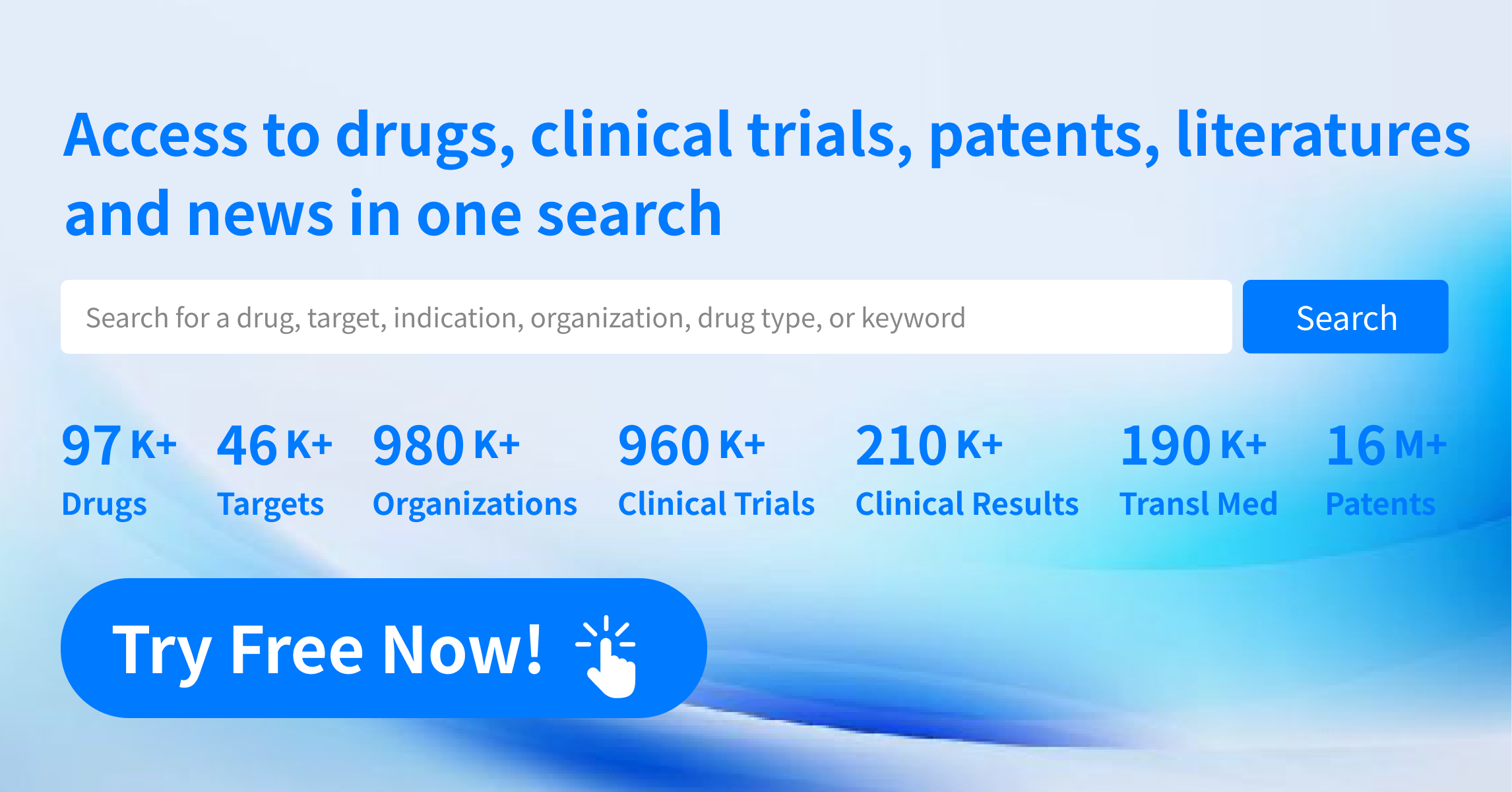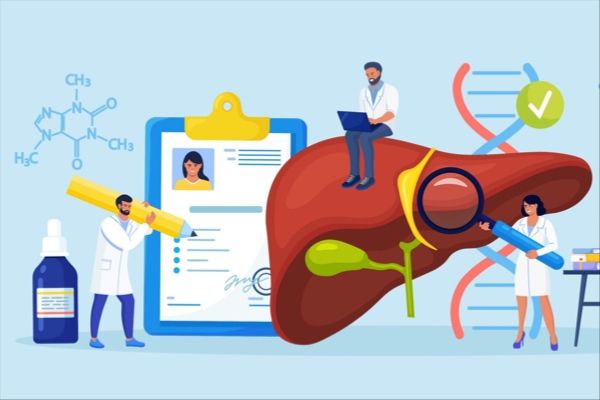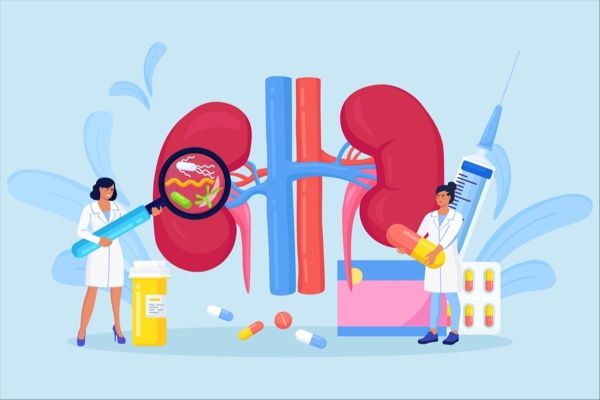"First-in-class" CD3/CD2/CD19 Tri-specific Antibody Drug Receives IND Approval in China
Recently,the Center for Drug Evaluation of the National Medical Products Administration announced the acceptance of the investigational new drug (IND) application for Novartis's PIT565 injection. PIT565 is a tri-specific antibody targeting CD3, CD2, and CD19, with a potentially first-in-class mechanism of action. It is currently being developed for several indications, including B-cell acute lymphoblastic leukemia, B-cell lymphoma, systemic lupus erythematosus, and non-Hodgkin lymphoma.
About PIT565
PIT565 can simultaneously bind to CD19+ on tumor cells, and CD3 (TCR signaling component) and CD2 (co-stimulatory receptor) on T cells, thereby redirecting T-cell cytotoxicity towards CD19-positive malignant B cells. CD2 signaling is associated with a non-exhausted T-cell phenotype. The interaction between CD2 and its ligand CD58 is crucial for CD19 CAR-T cells to kill tumor cells, while a loss of CD58 expression on lymphoma cells is linked to resistance and relapse in patients treated with CD19 CAR-T therapy. Compared to CD3 bispecific antibodies, CD2 co-stimulation via PIT565 may overcome T-cell exhaustion and enhance the depth and duration of patient responses. Studies have shown that:
·In redirected T-cell cytotoxicity (RTCC) assays in vitro, which co-culture CD19+ tumor cells and primary T cells, PIT565 mediates more sustained T-cell activity in tumor cell killing and proliferation than control bispecific products.
·In a human peripheral blood mononuclear cell adoptive transfer model, PIT565 exhibited stronger anti-tumor responses in an established diffuse large B-cell lymphoma tumor model compared to control bispecific products.
·In safety and pharmacological studies, PIT565 demonstrated IgG-like pharmacokinetics and expected pharmacological and tolerability characteristics similar to CD3 bispecific products in cynomolgus monkeys.
Advancements in Tri-specific Antibody Research
In recent years, tumor-targeting immunotherapies have been a hot topic in research. Tri-specific antibodies, engineered to recognize three targets simultaneously, represent a promising class of anti-tumor drugs capable of more precisely and effectively eradicating tumor cells.
Unlike bispecific antibodies, which can only bridge immune cells, activate them, or block two signaling pathways, tri-specific antibodies have a broader range of applications. They can simultaneously bridge and activate immune cells or link immune cells and block dual signaling pathways. This mechanism is closely related to the human immune system and offers strong cytotoxicity against target cells.
T-cell activation relies on two signals: the first signal and the second signal. A tri-specific antibody binds a tumor target antigen through one binding site, allowing the second binding site on another arm to specifically engage with TCR on T cells, thus activating the first signaling pathway to recruit/position immune cells near target cells. The third binding site can activate the second signaling pathway, further promoting immune cell activation.
Until now, no tri-specific antibody has been approved for market release. It is predicted that the global market for tri-specific antibodies will exceed $2 billion by 2028.
Novartis' Strategy in B-Cell Lymphoma
According to incomplete statistics, there are currently over a hundred tri-specific antibody drugs under development. Besides Novartis, multinational companies like Merck, Sanofi, Pfizer, BMS, AbbVie, and Johnson & Johnson are also building portfolios through in-house development and collaboration. In China, companies such as CStone Pharmaceuticals, Biotheus , Chimagen, BioRay and Innovent Biologics have also made strides in this field.
According to statistics, Novartis has strategically positioned itself with nearly forty products for B-cell lymphoma. Their portfolio includes small molecule inhibitors, monoclonal antibodies, bispecific antibodies, and multispecific antibodies targeting multiple targets, as well as cell therapies.
How to obtain the latest research advancements in the field of biopharmaceuticals?
In the Synapse database, you can keep abreast of the latest research and development advances in drugs, targets, indications, organizations, etc., anywhere and anytime, on a daily or weekly basis. Click on the image below to embark on a brand new journey of drug discovery!




